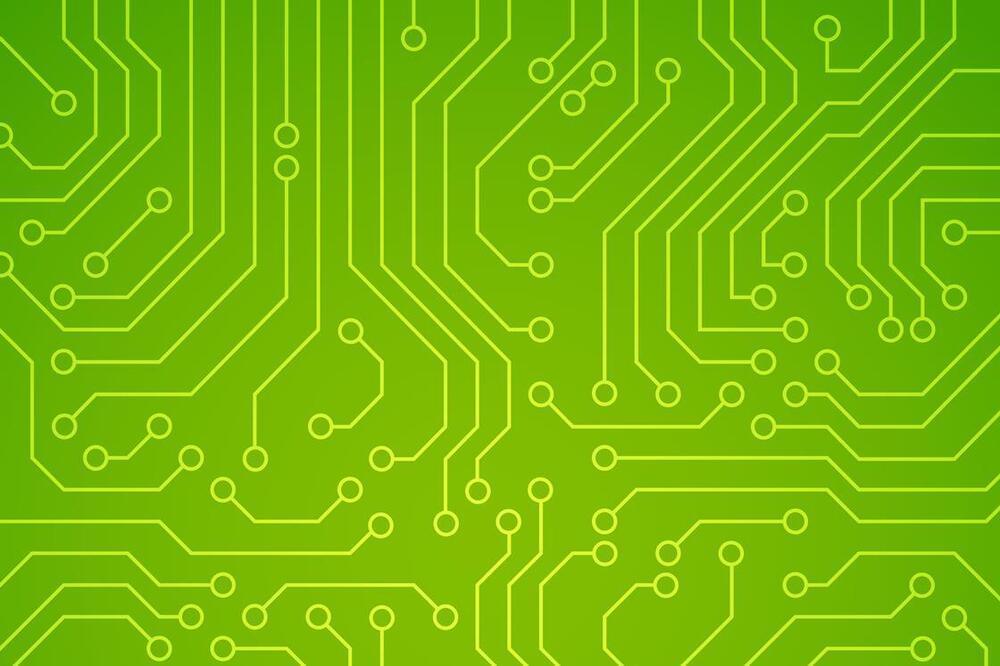System represents a breakthrough in the real-life applicability of biophotovotaic devices.
Microprocessors can be powered using photosynthetic microorganisms in ambient light without the need for an external power source, new research shows. Led by Emre Ozer from Arm and Christopher Howe from the University of Cambridge, researchers in the UK, Italy and Norway introduced cyanobacteria Synechocystis sp. PCC6803 into an aluminium–air battery to create a biophotovoltaic device. The device is a similar size to an AA battery, is made from durable and mainly recyclable materials and does not require a dedicated light source to function. It is the first reported bioelectrochemical system capable of continuously powering a microprocessor outside of laboratory-controlled conditions.
‘We decided that we didn’t want to operate the system with a dedicated source of energy. We needed to prove that we can operate under ambient light, and we were able to do it,’ comments Paolo Bombelli, one of the lead researchers from the University of Cambridge.
The team tested the stability and biocompatibility of the aluminium substrate, and demonstrated that the system could continuously power an Arm Cortex-M0+ processor for six months under varied ambient conditions, within a temperature range of 13.8–30.7°C. The processor performed 1.23 × 1011 cycles of 45 minutes of computation followed by a 15-minute standby period. Supplied entirely by the biophotovoltaic cell, the processor drew an average current of 1.4μA with a voltage of 0.72V. The system only failed when an ice pack was used to lower the temperature to 5°C.
